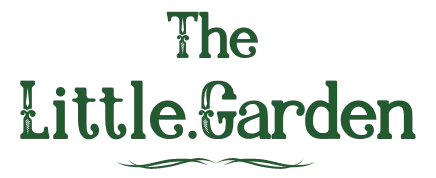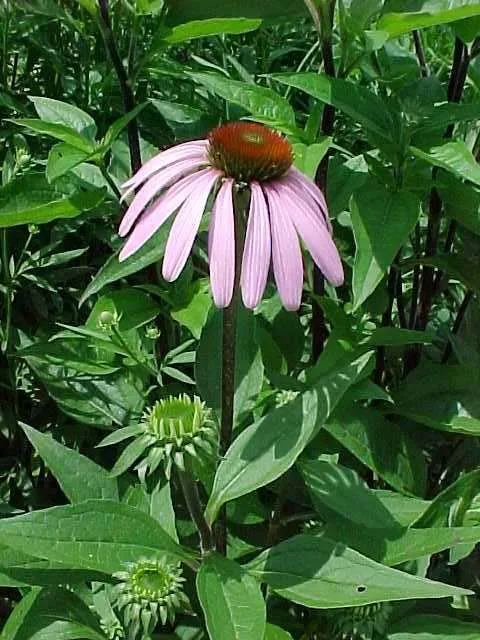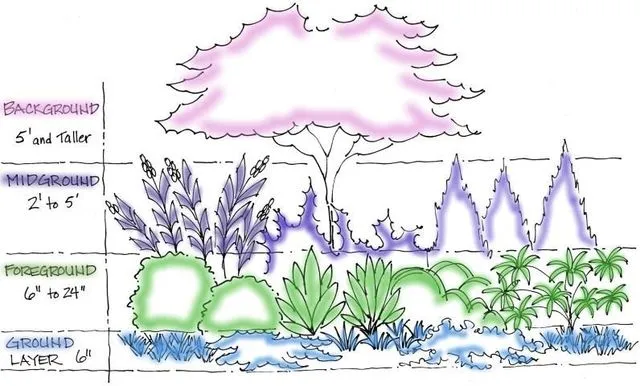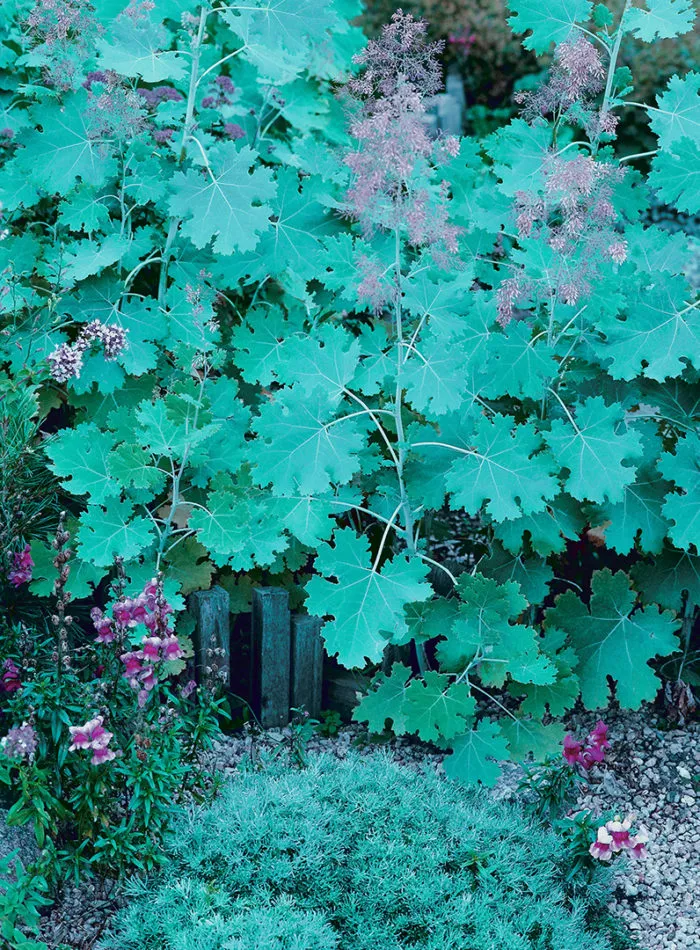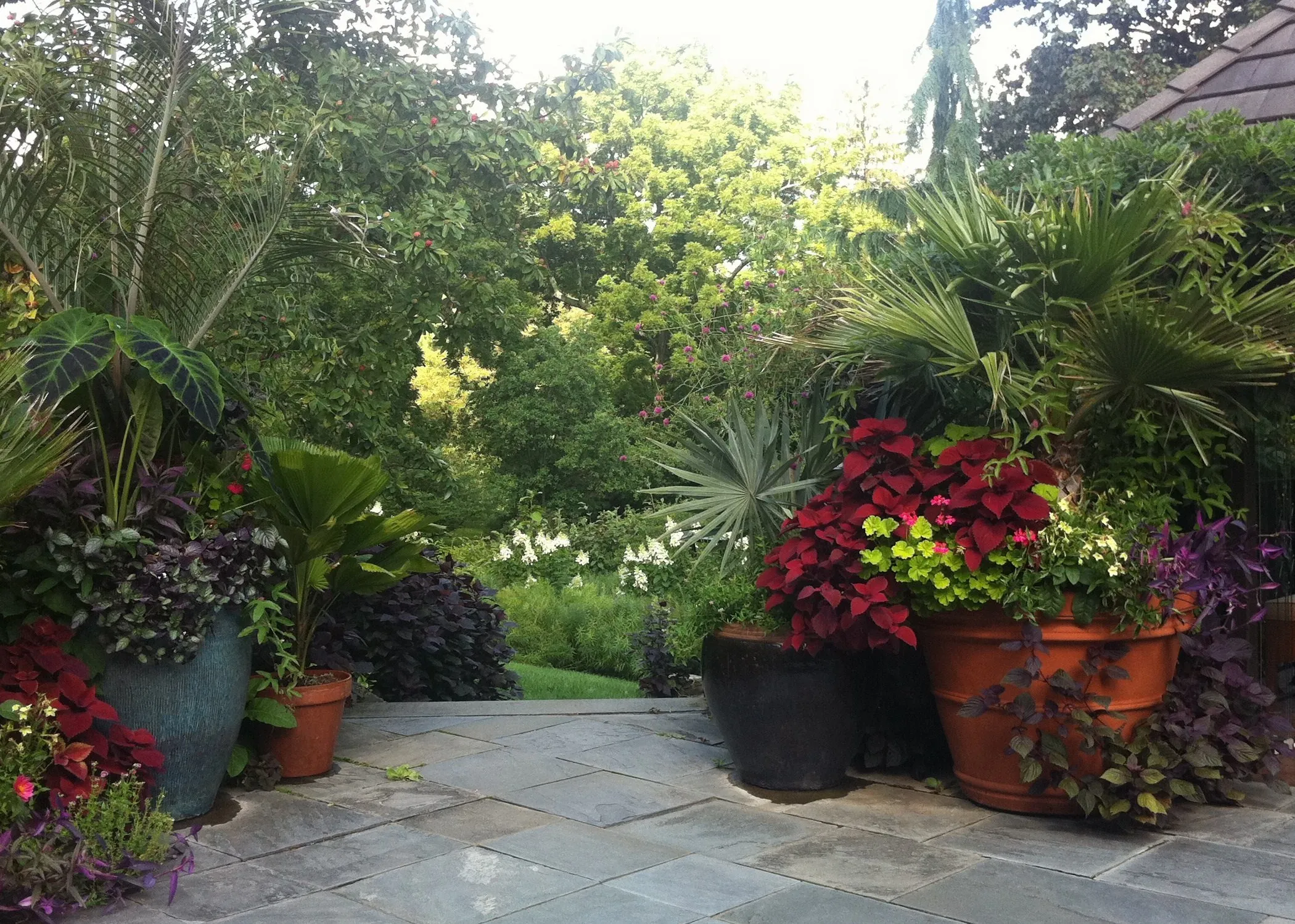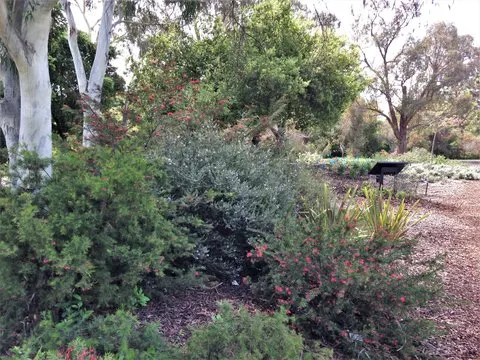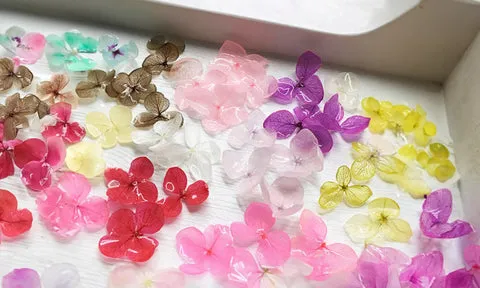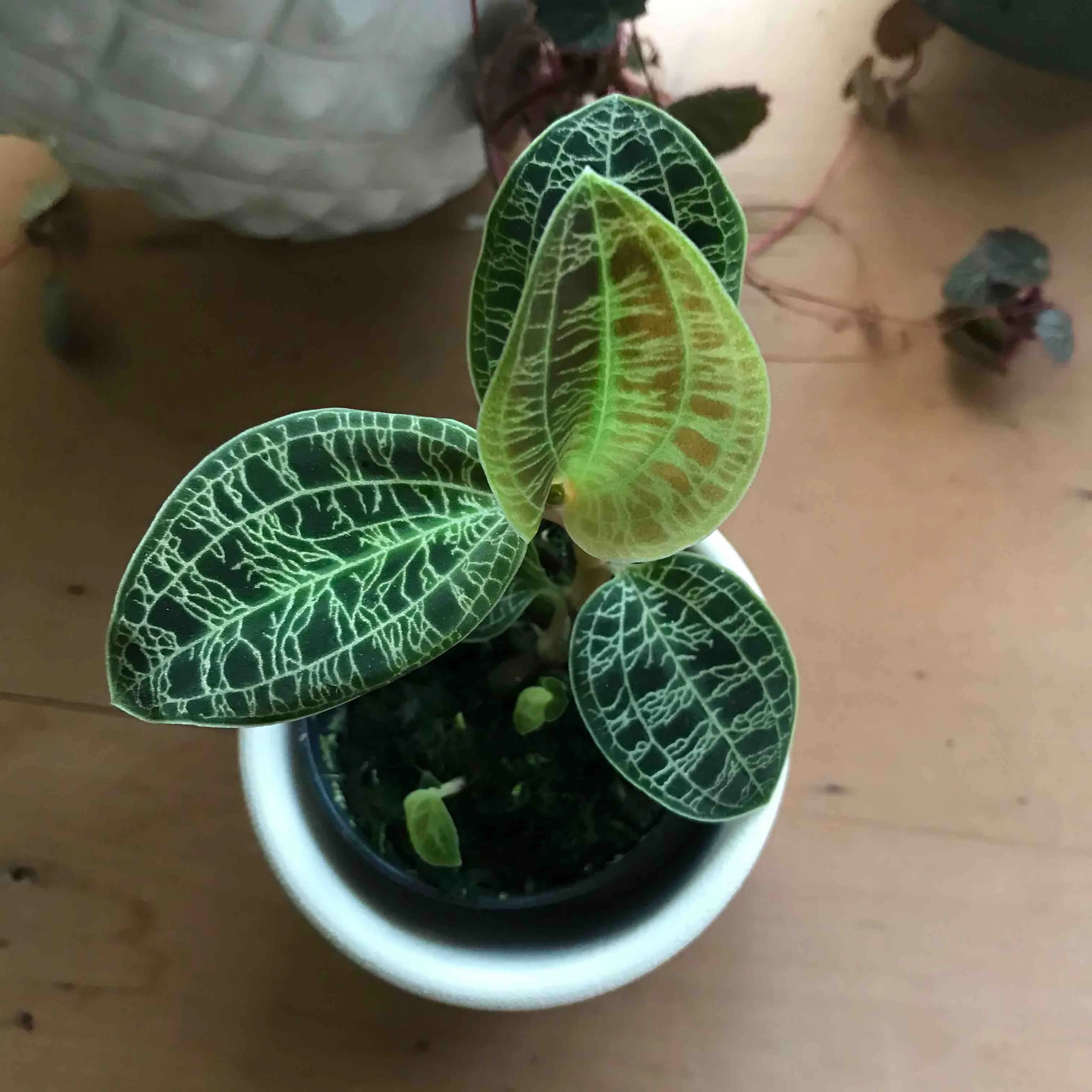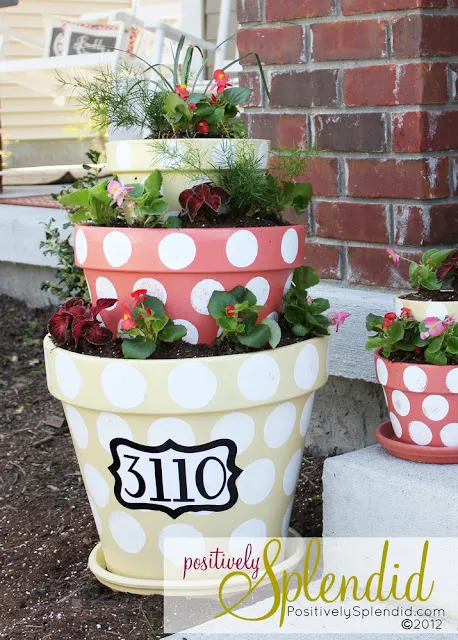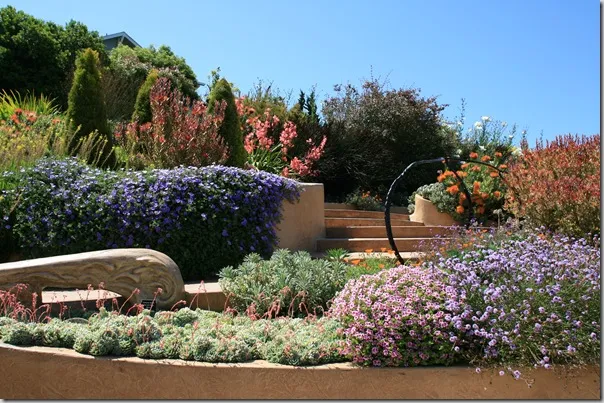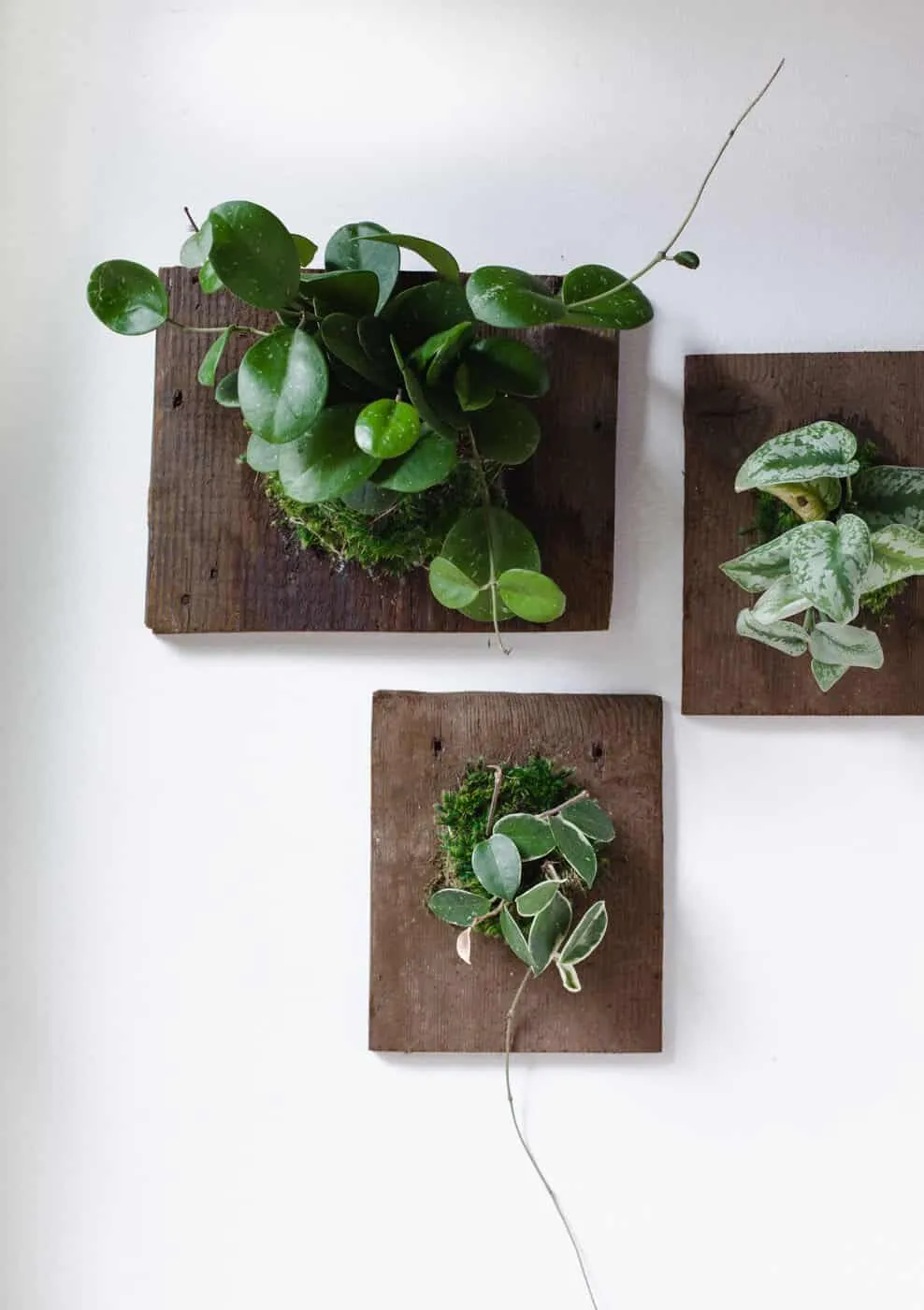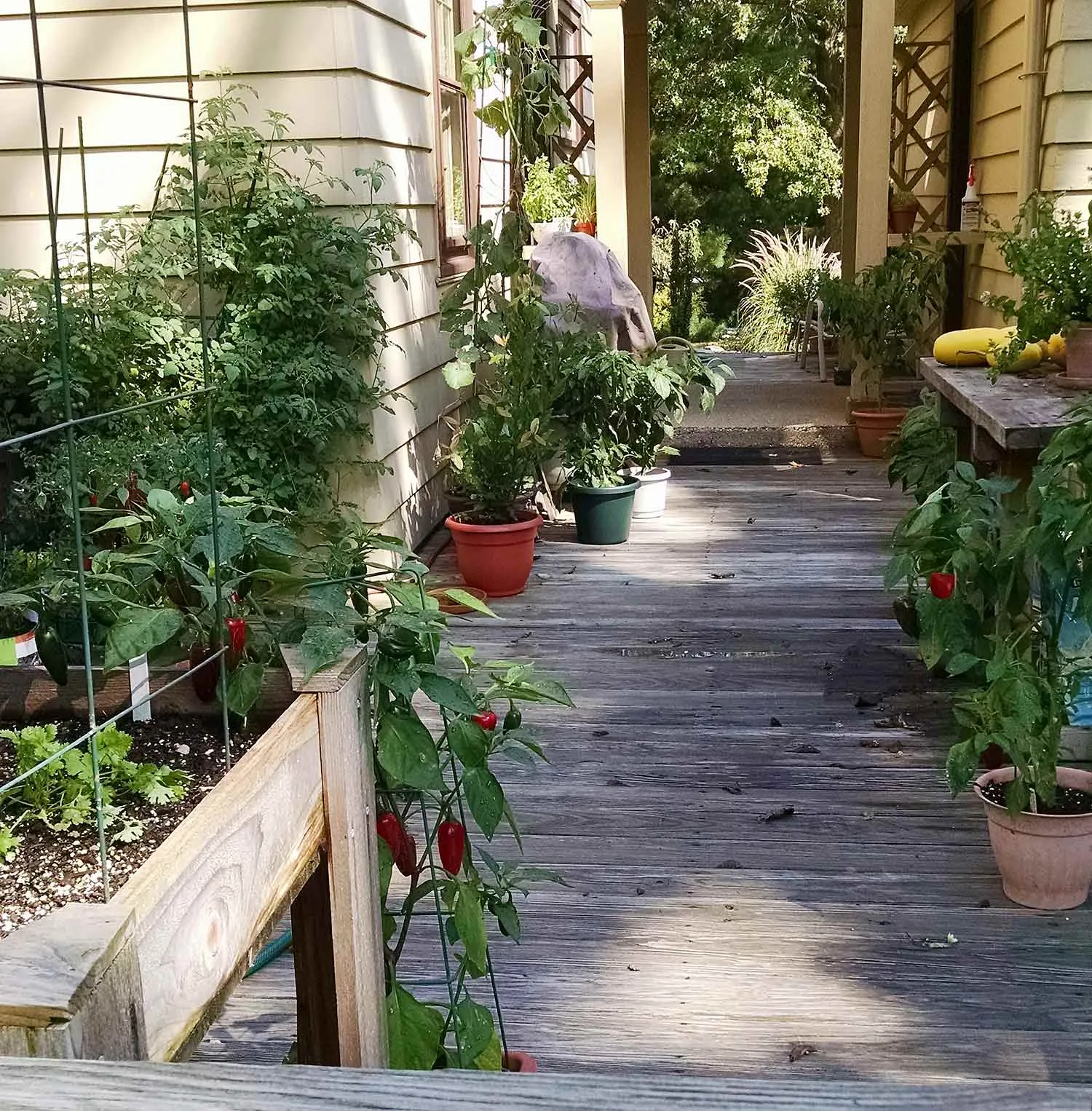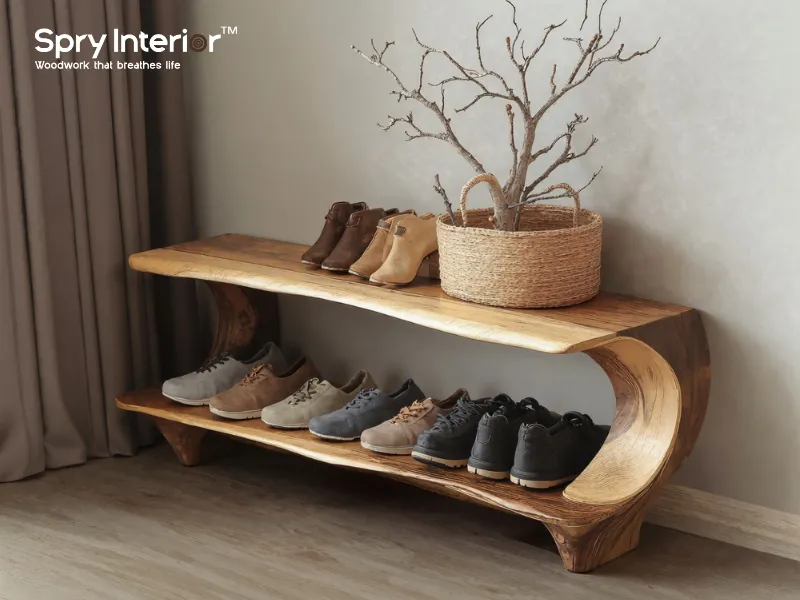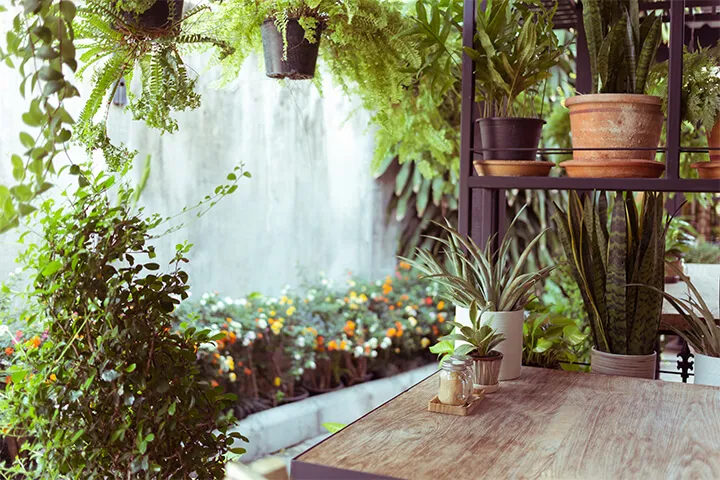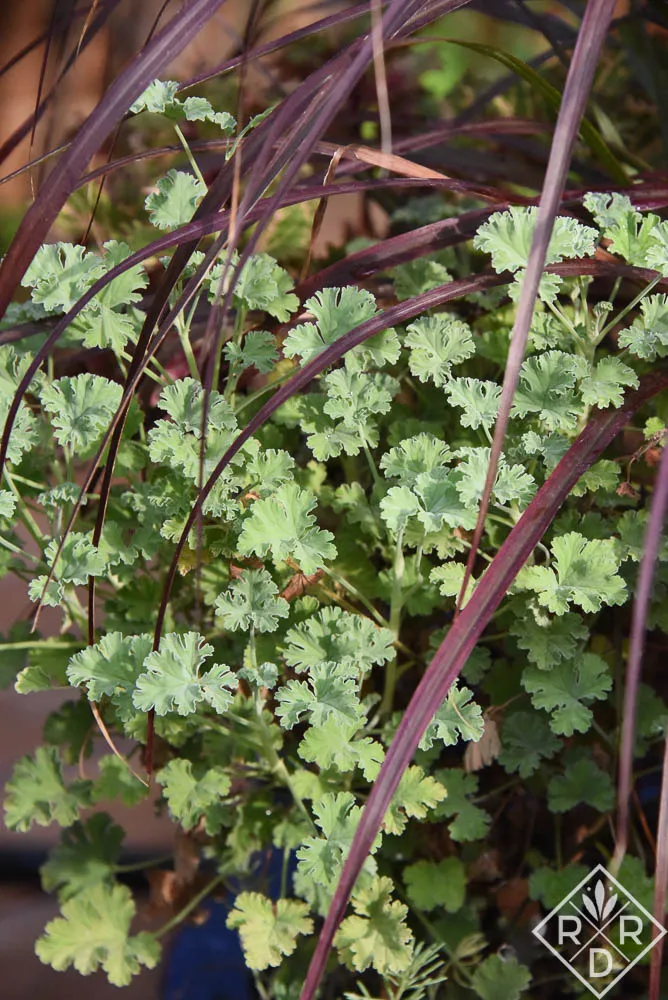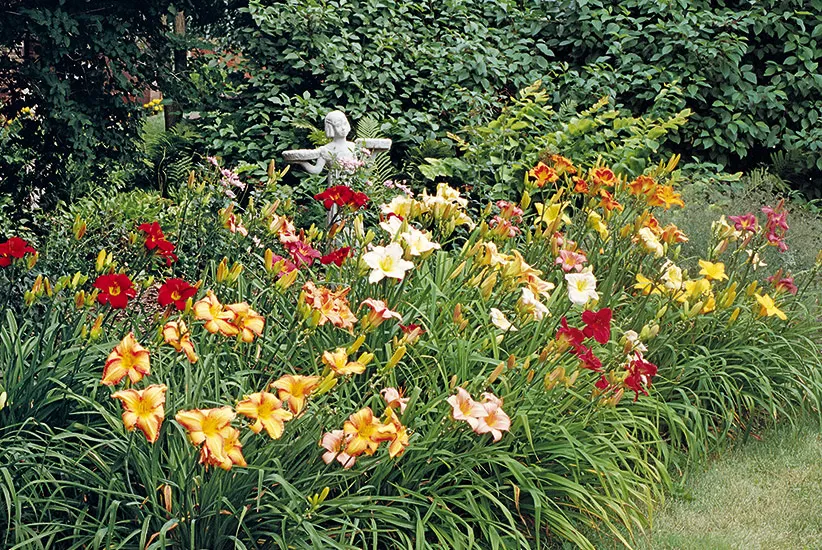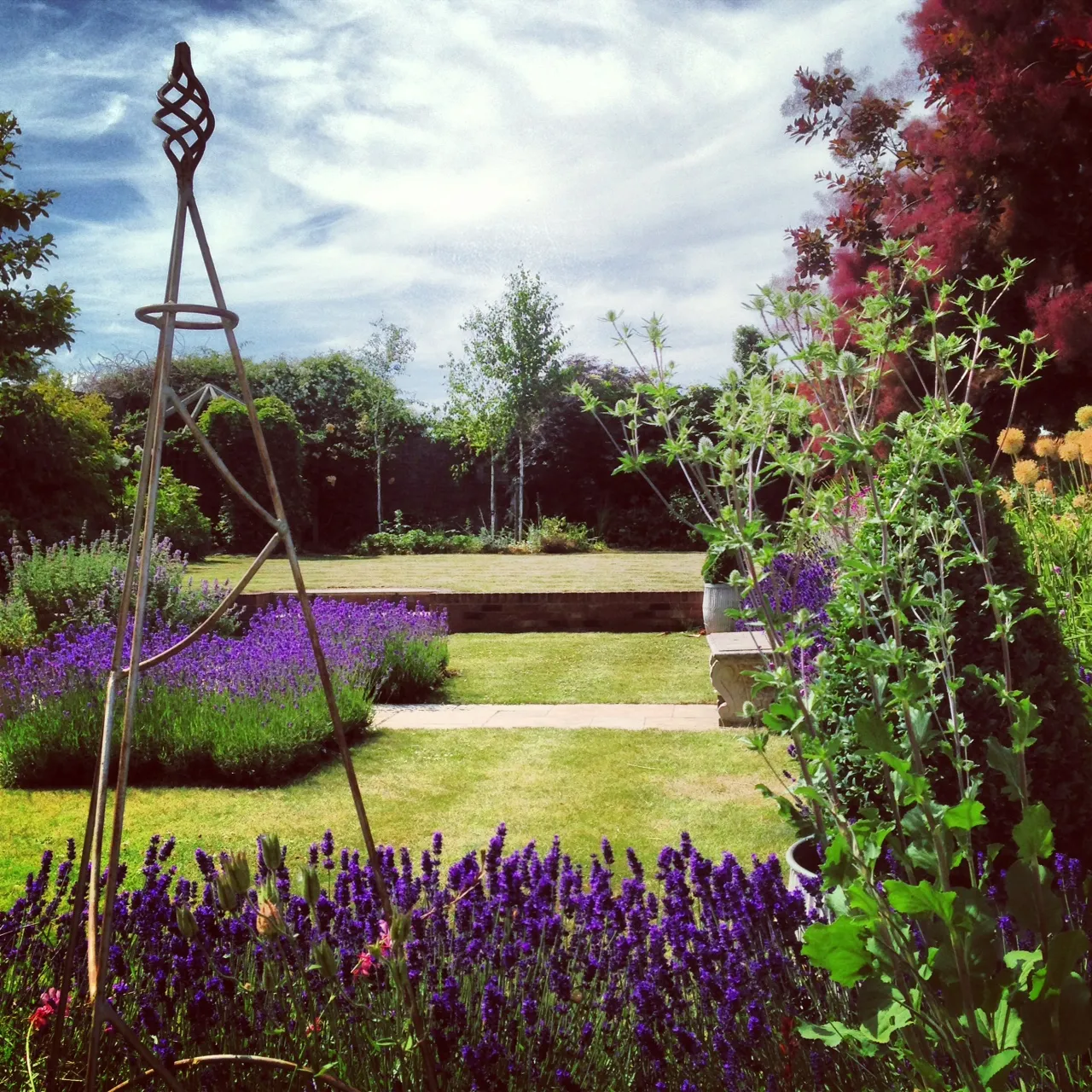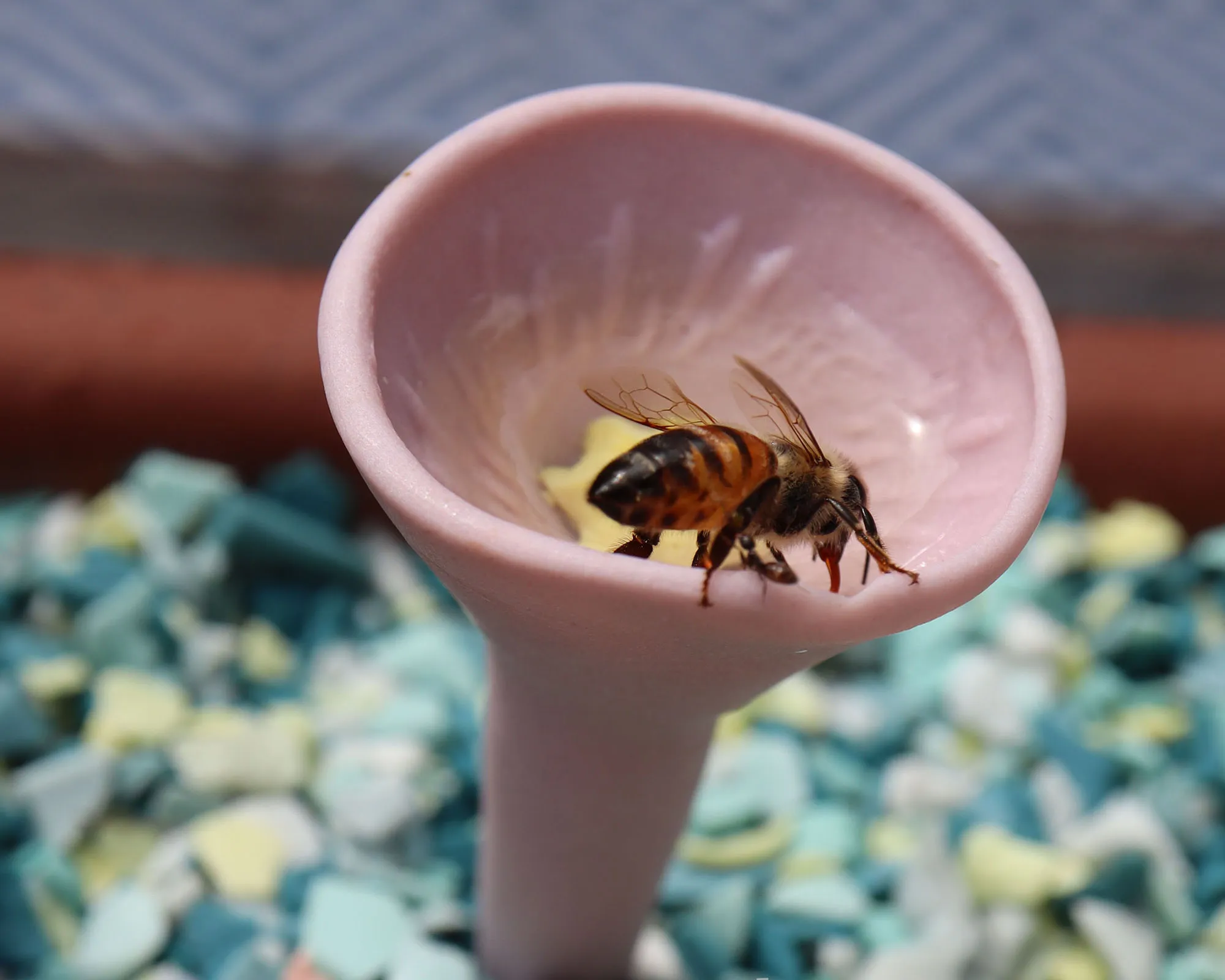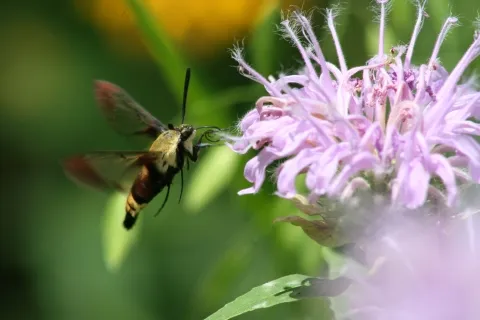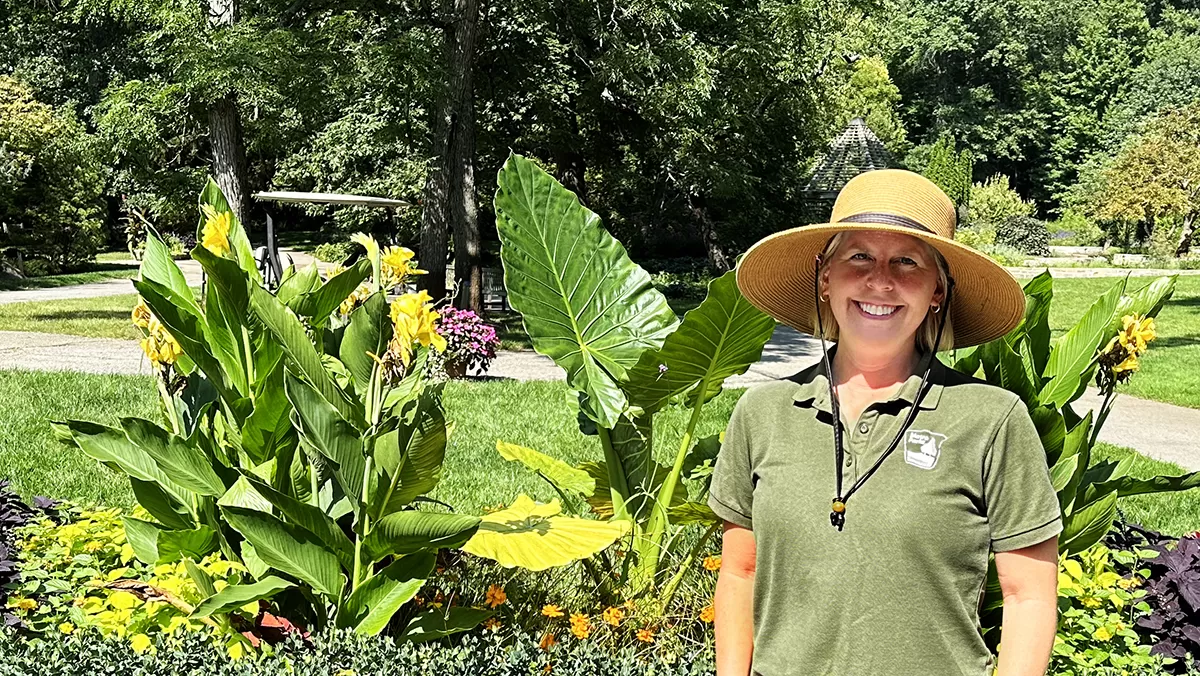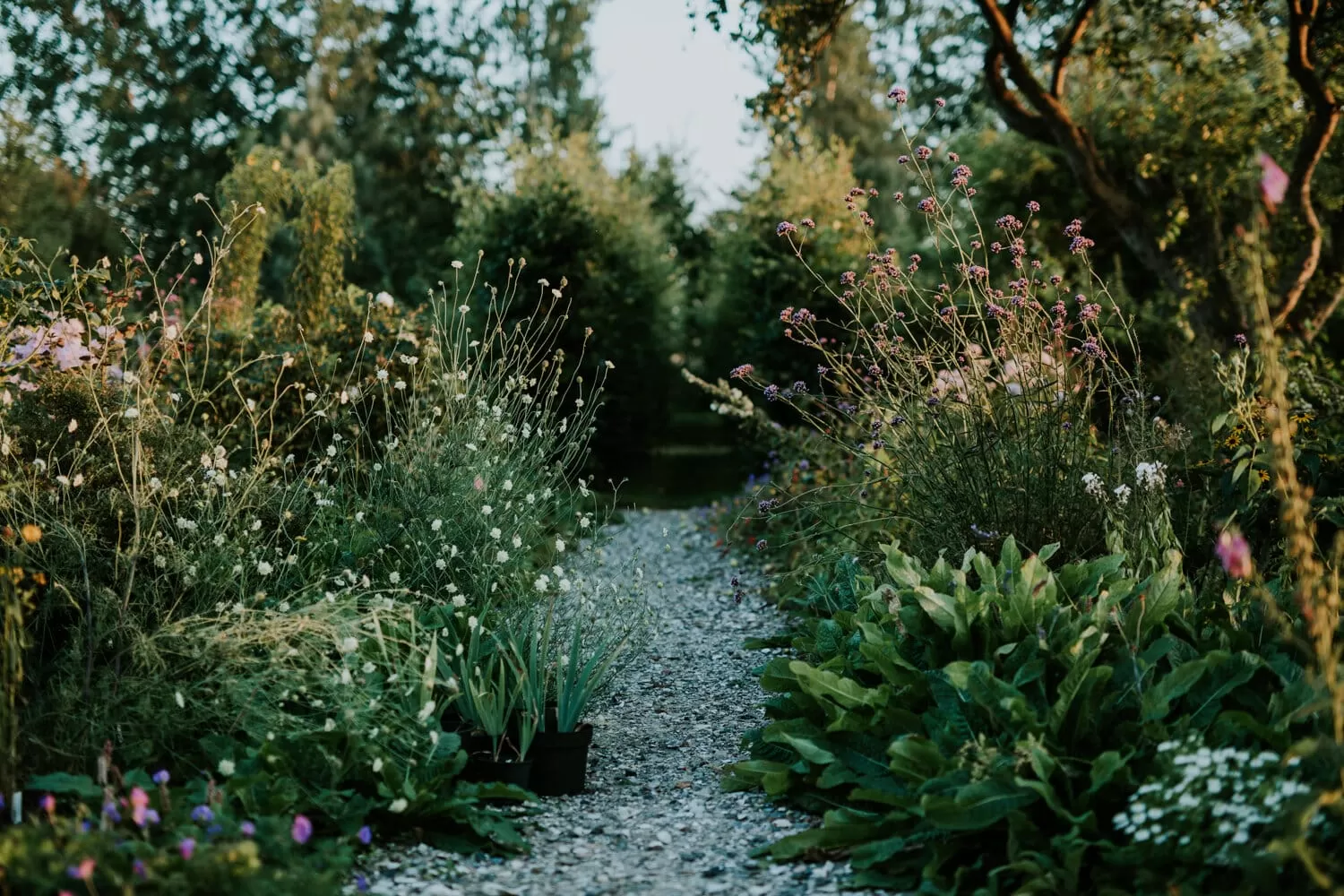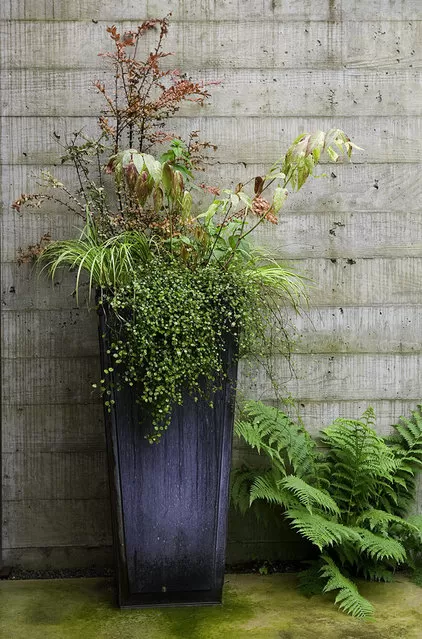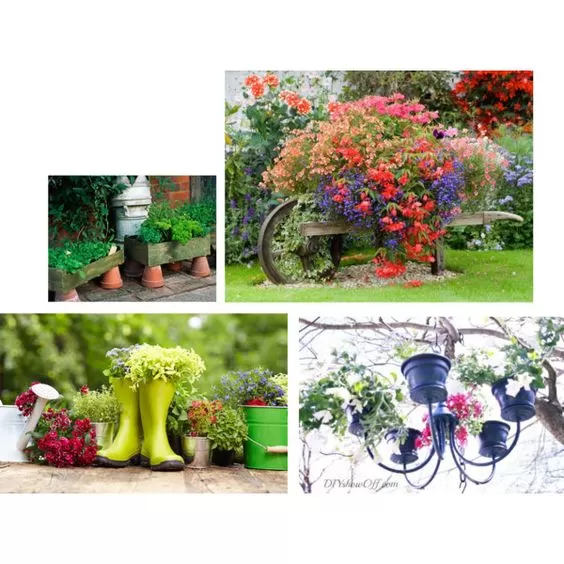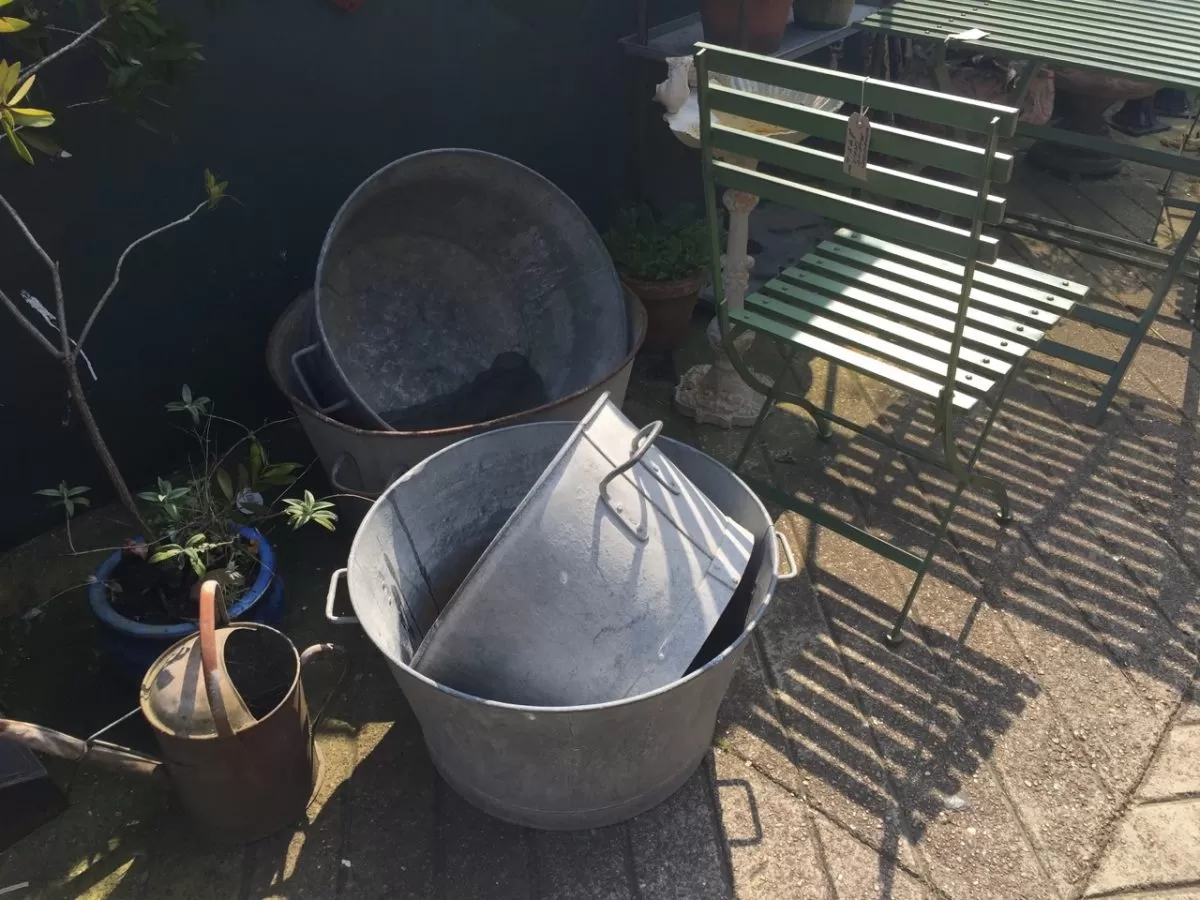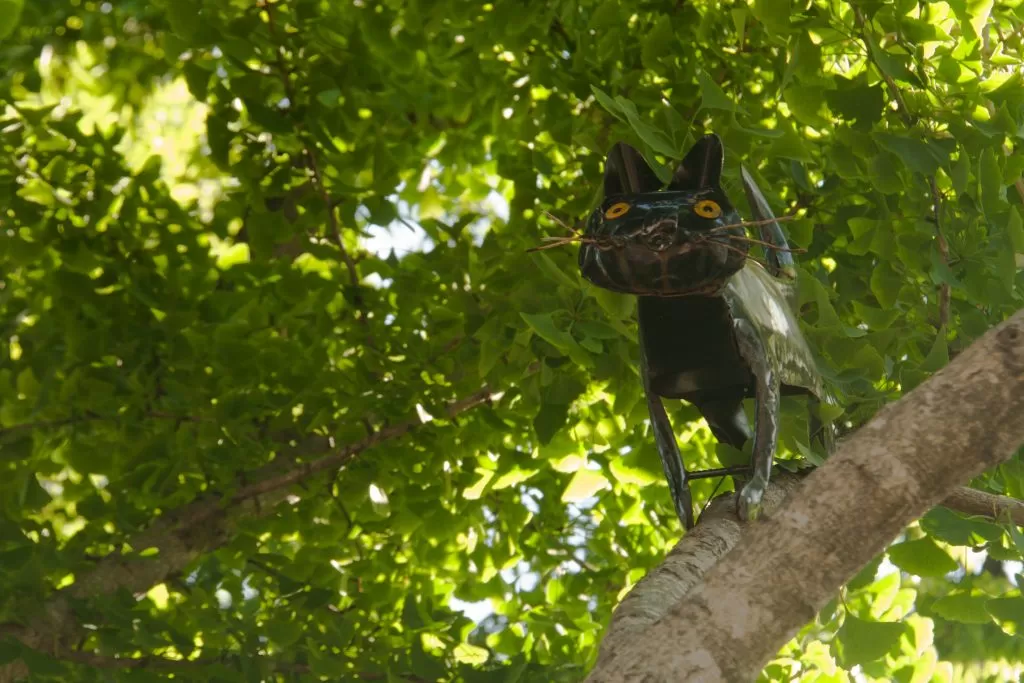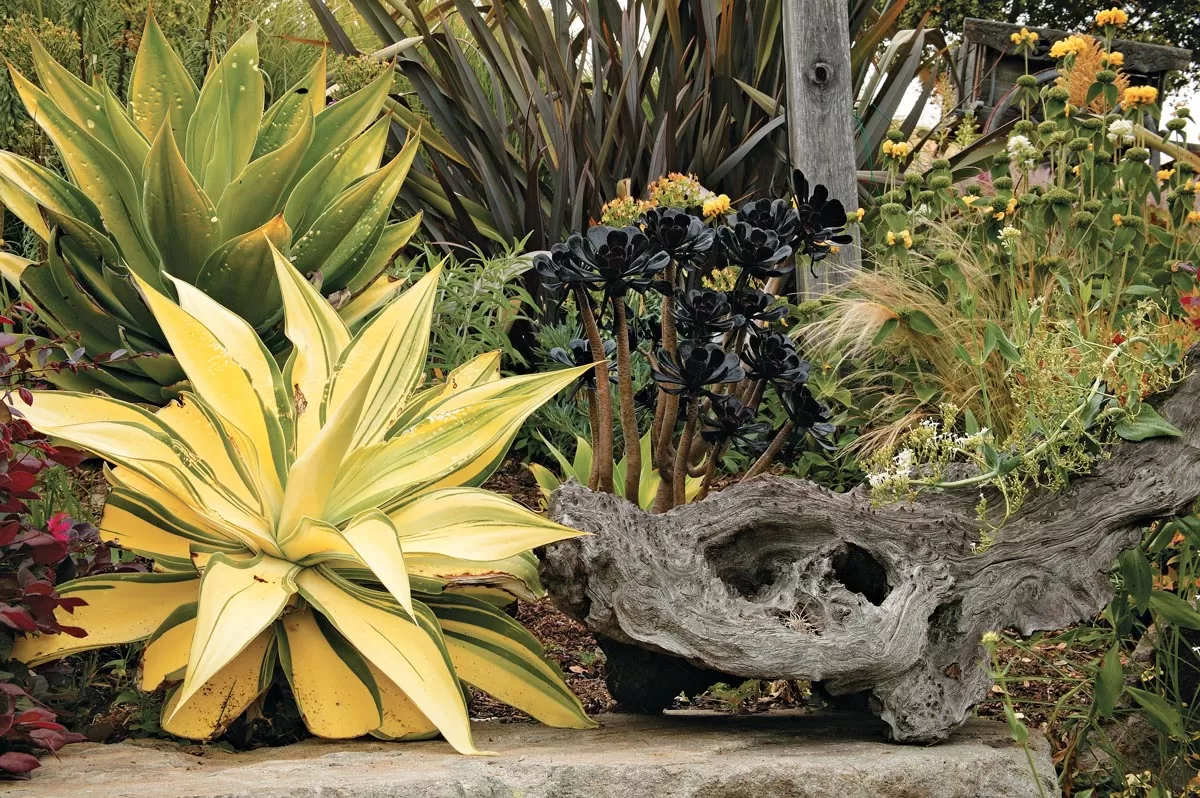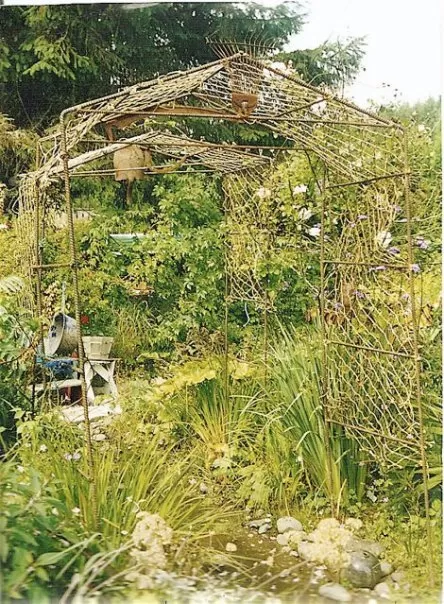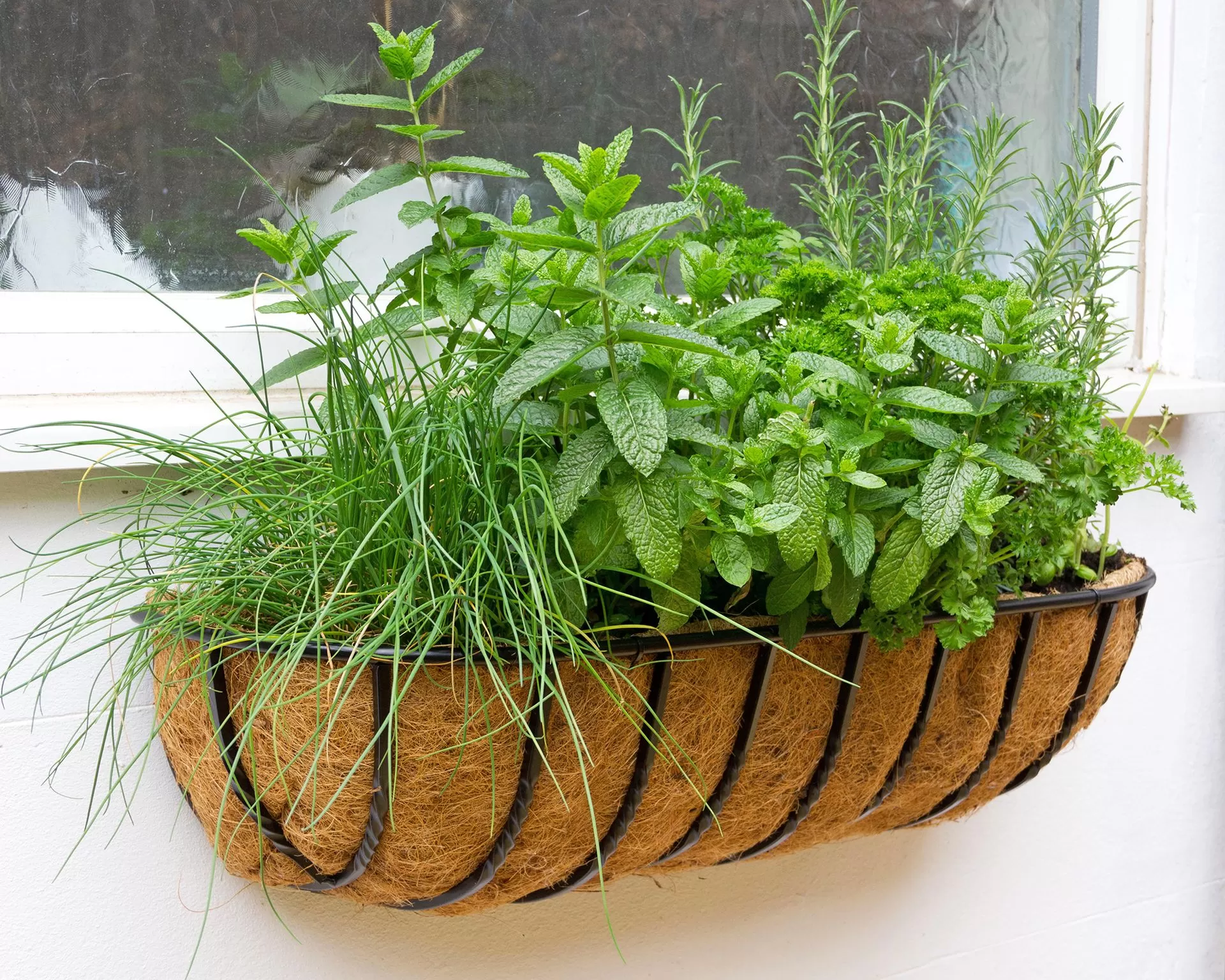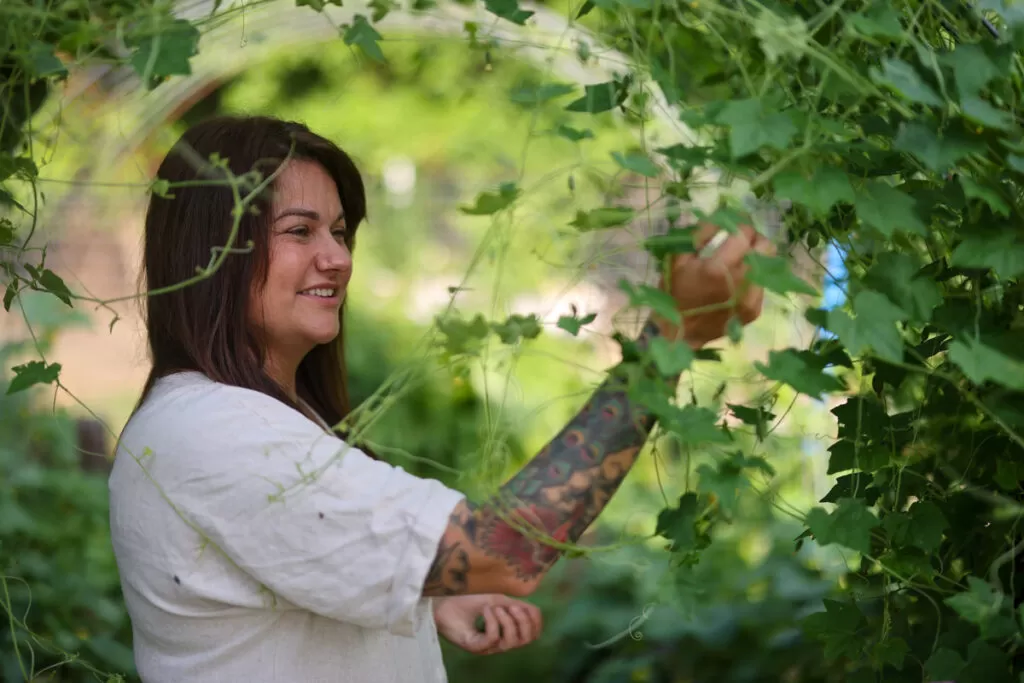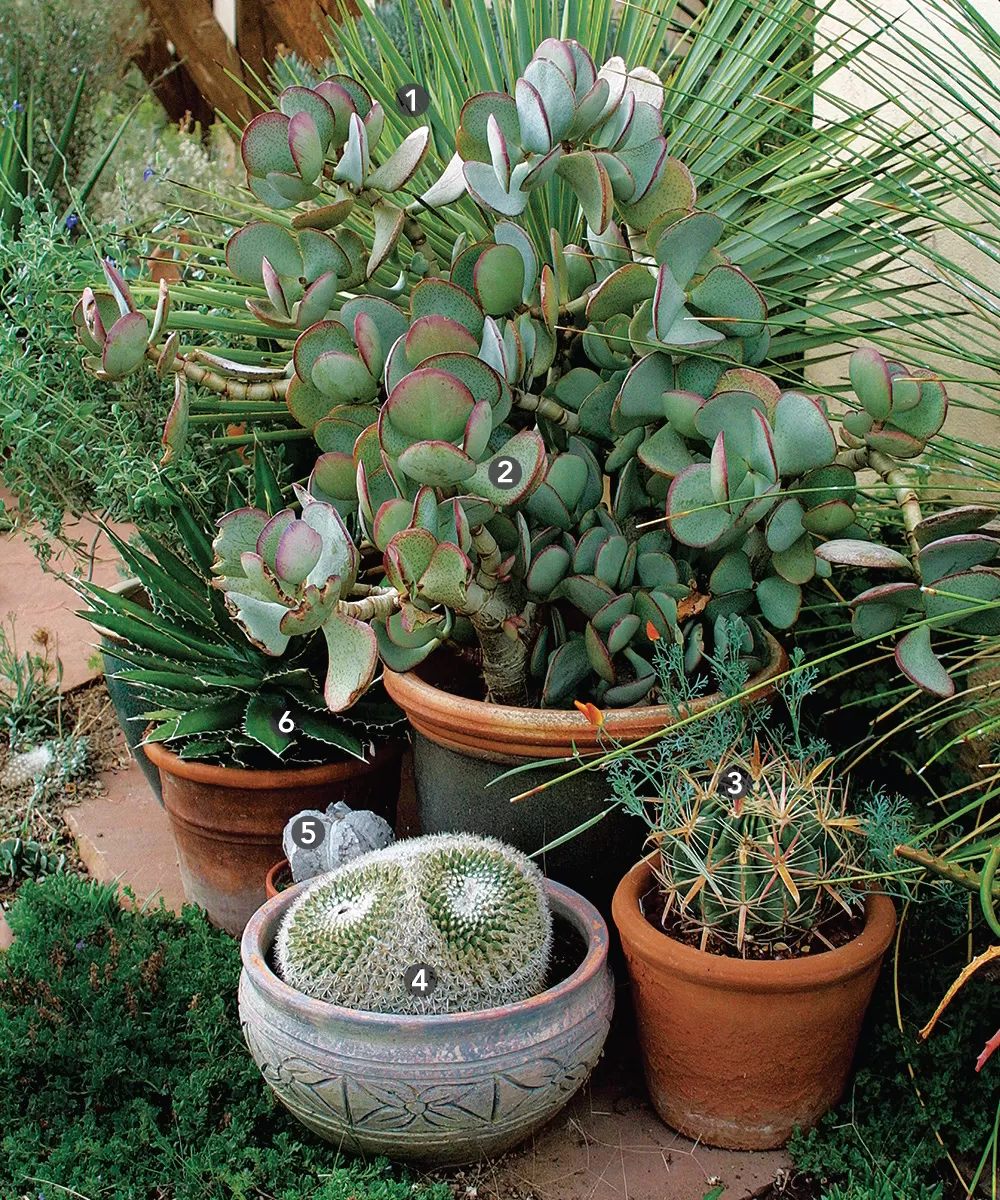- Transform your patio into a vibrant, wildlife-friendly oasis.
- Discover how to create beautiful, low-maintenance container gardens inspired by natural meadows.
- Attract pollinators and enjoy the beauty of diverse plant life right outside your door.
- Learn simple techniques for selecting plants and designing pots for maximum impact and natural appeal.
Imagine stepping onto your patio and being greeted not just by furniture, but by a miniature landscape buzzing with life. Forget rigid rows and manicured perfection; we’re talking about embracing the wild beauty of a meadow and bringing it into the urban or suburban patio setting. Building modern meadow container gardens for naturalistic summer patios allows you to connect with nature, support local ecosystems, and create a truly unique outdoor living space. It’s about shifting our perspective from controlling nature to collaborating with it, much like learning to garden with the creatures who share our space, rather than constantly battling them. This approach fosters a deeper appreciation for the diverse plant and animal life around us, transforming your patio from a sterile slab into a vibrant, living extension of your home.
Contents
- Why Choose Meadow Container Gardens for Your Patio?
- Designing Your Naturalistic Patio Meadow
- Choosing the Right Containers
- Selecting Your Soil Mix
- Composition and Layering
- Plant Picks for Your Container Meadow
- Little Bluestem (Schizachyrium scoparium)
- Purple Coneflower (Echinacea purpurea)
- Meadow Blazing Star (Liatris ligulistylis)
- Threadleaf Coreopsis (Coreopsis verticillata)
- Caring for Your Container Meadow
- Wildlife Visitors to Your Patio
- Conclusion
Why Choose Meadow Container Gardens for Your Patio?
Bringing the essence of a meadow onto your patio isn’t just a beautiful aesthetic choice; it’s a powerful way to support biodiversity, even in limited spaces. Natural meadows are dynamic ecosystems, rich in grasses, wildflowers, and the insects and birds that rely on them. Replicating this naturalistic style in containers creates stepping stones for pollinators like bees and butterflies, offering vital food sources and habitat where traditional lawns or sterile landscaping fall short. It’s a conscious decision to prioritize ecological function alongside beauty, much like choosing to plant native species in your yard to nourish local wildlife instead of focusing solely on ornamental preferences. A modern meadow container garden simplifies this concept, making it accessible for anyone with a patio, balcony, or even just a sunny doorstep.
 A small dog standing in a tall meadow garden
A small dog standing in a tall meadow garden
These gardens are also surprisingly low-maintenance once established. Meadow plants are often tough, resilient species adapted to lean soils and varied conditions. In containers, this translates to less fussing with fertilizers and watering compared to many traditional patio plants. Plus, the ever-changing display of textures, colors, and heights throughout the season provides constant visual interest, evolving as the plants grow and bloom. It’s gardening that works with the natural tendencies of plants, allowing them to express their inherent beauty.
Designing Your Naturalistic Patio Meadow
Creating a meadow look in a container requires thoughtful planning, but it’s incredibly rewarding. The goal is to achieve a sense of controlled wildness, mimicking the layered structure of a natural meadow with grasses providing structure and movement, interspersed with flowering perennials.
Choosing the Right Containers
Opt for larger containers if possible. Deeper and wider pots provide more space for roots to develop, reduce the frequency of watering, and offer stability for taller meadow plants. Materials like terracotta, wood, or fiberstone offer a natural look, but plastic or glazed pots can also work, especially if grouped together. Ensure all containers have adequate drainage holes to prevent waterlogging.
Selecting Your Soil Mix
Skip the heavy potting mixes designed for thirsty annuals. Meadow plants generally prefer lean, well-draining soil. A good mix can be created using a blend of potting mix, coarse sand or grit, and some compost. This provides the necessary drainage while still holding enough moisture and nutrients to support healthy growth without encouraging excessive, floppy growth.
Composition and Layering
Think about scale and texture. Start with some structural grasses as your base. Then, layer in flowering perennials of varying heights and bloom times to ensure continuous interest throughout the summer. Don’t be afraid to plant densely; a key characteristic of a meadow is the plants growing closely together, supporting each other. Taller plants can go in the center or back of containers placed against a wall, while shorter or cascading plants can soften the edges. Mimicking the way plants naturally intermingle, like the Joe Pye Weed blending with mistflower in a wild setting, creates a more authentic and resilient display.
 Young Joe Pye Weed plant surrounded by diverse companion plants in a garden bed
Young Joe Pye Weed plant surrounded by diverse companion plants in a garden bed
 Joe Pye Weed plant blended among blue mistflower and golden ragwort
Joe Pye Weed plant blended among blue mistflower and golden ragwort
Consider the light conditions on your patio. Most meadow plants thrive in full sun, but there are options for partial shade too. Match your plant selection to the available light for the best results.
Plant Picks for Your Container Meadow
Selecting the right plants is key to a successful modern meadow container garden. Focus on native or adaptable species that are relatively compact or can be managed in pots, offer appeal to pollinators, and provide that airy, naturalistic feel.
Here are a few ideas for plants that work well:
Little Bluestem (Schizachyrium scoparium)
- Scientific Name: Schizachyrium scoparium
- Common Name: Little Bluestem
- Zone: 3-9
- Light: Full sun
- Humidity: Low to moderate
- Water: Low once established, prefers well-drained soil
This native grass provides excellent vertical structure and stunning fall color. Its fine texture and upright habit make it perfect for containers.
Purple Coneflower (Echinacea purpurea)
- Scientific Name: Echinacea purpurea
- Common Name: Purple Coneflower
- Zone: 3-8
- Light: Full sun to partial shade
- Humidity: Low to moderate
- Water: Low to moderate, drought tolerant once established
A classic for pollinator gardens, coneflowers bring vibrant color and attract bees and butterflies. There are many cultivars available, some more compact for container use.
 A thriving, tall stand of Joe Pye Weed in full bloom
A thriving, tall stand of Joe Pye Weed in full bloom
Meadow Blazing Star (Liatris ligulistylis)
- Scientific Name: Liatris ligulistylis
- Common Name: Meadow Blazing Star
- Zone: 3-8
- Light: Full sun
- Humidity: Low to moderate
- Water: Moderate, prefers moist but well-drained soil
Known as a monarch magnet, this tall spike of purple blooms adds a strong vertical element and is a favorite of many pollinators.
Threadleaf Coreopsis (Coreopsis verticillata)
- Scientific Name: Coreopsis verticillata
- Common Name: Threadleaf Coreopsis
- Zone: 3-9
- Light: Full sun to partial shade
- Humidity: Low to moderate
- Water: Low, very drought tolerant once established
With delicate, airy foliage and cheerful yellow flowers that bloom for a long period, this plant adds a fine texture and pop of color. Compact varieties like ‘Moonbeam’ are excellent for containers.
Other plants to consider include Sedum varieties (especially native ones), certain Penstemons, dwarf asters, and smaller varieties of Baptisia.
Caring for Your Container Meadow
Caring for a meadow container garden is generally less demanding than caring for containers filled with traditional bedding plants, aligning with a philosophy of gardening with nature’s resilience.
Watering is the most crucial task. While meadow plants are often drought-tolerant in the ground, containers dry out much faster. Check the soil moisture regularly, especially during hot, dry spells. Water deeply until water drains from the bottom. However, avoid overwatering, as good drainage is essential.
Fertilizing is typically minimal. The lean soil mix provides enough nutrients for meadow species. Too much fertilizer can lead to weak, leggy growth.
Pruning depends on the plant. Some grasses benefit from being cut back in late winter or early spring before new growth emerges. Deadheading spent flowers isn’t strictly necessary for the meadow look, but it can encourage more blooms or prevent unwanted self-seeding. Allowing seed heads to remain provides winter interest and food for birds.
Overwintering container gardens can be tricky depending on your climate zone. Many hardy meadow plants can survive the winter in large containers if given some protection. Grouping pots together against a wall, wrapping them in burlap, or moving them to an unheated garage or shed can help insulate roots from extreme cold.
Wildlife Visitors to Your Patio
Creating a naturalistic patio garden inevitably invites wildlife. Bees, butterflies, and other beneficial insects will be the most frequent visitors, drawn to the nectar and pollen of your meadow plants. Observing them is one of the great joys of this type of garden.
 Eastern tiger swallowtail butterflies feeding on Joe Pye Weed flowers
Eastern tiger swallowtail butterflies feeding on Joe Pye Weed flowers
Larger wildlife, like the deer mentioned in the original article, might occasionally wander onto patios, especially if they are close to natural areas. While a primary goal of the original article was to plant for deer in a landscape setting, containers offer some inherent protection for your prized patio plants due to their height and separation from the ground. If deer or other animals become problematic, you can employ humane deterrents around the patio perimeter or directly on containers, much like using natural barriers or sensory cues discussed in the original context of protecting specific landscape plants. The philosophy remains: find ways to coexist gently rather than resorting to harmful measures.
 White-tailed deer standing near an ash tree in a backyard
White-tailed deer standing near an ash tree in a backyard
Conclusion
Building modern meadow container gardens for naturalistic summer patios is a rewarding way to bring the beauty and ecological benefits of a meadow into your daily life. By choosing appropriate containers, using lean soil, selecting resilient meadow-style plants, and embracing a philosophy of gardening with nature, you can create a stunning, low-maintenance space that not only looks beautiful but also supports local wildlife. It’s a small step with a big impact, transforming your patio into a vibrant, living ecosystem.
Have you tried creating a meadow garden in containers? Share your experiences and plant recommendations in the comments below! If you found this article inspiring, please share it with your fellow garden enthusiasts. Explore more content on Thelittle.garden for ideas on nurturing a wildlife-friendly space, one container or garden bed at a time.
